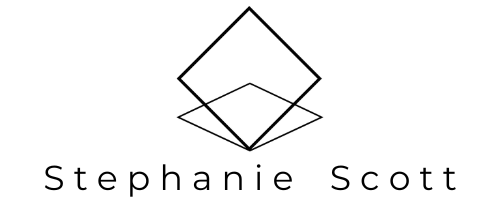Project Green Studio - Part 1: Canvas
Project Green Studio
This year one of my main goals is to create a eco-friendly and zero trash studio practice! Last winter I started becoming more conscious of how much plastic I was purchasing with my groceries. It became an avalanche of noticing. Noticing how much trash I was producing in my kitchen, in my shopping habits, and finally in my studio practice. I want to be better! And I can, but it’s going to take some major shifts in how I operate.
So here starts Part 1 of Project Green Studio! This week: Stretched Canvas.
About to strip these old paintings!
Buying premade canvas from the store is a plastic wrapped NIGHTMARE. Plus the quality isn’t as great as making your own. Upcycling canvases is one of the easiest ways I can think of creating a green studio practice. Not everyone can build their own wood stretchers, I don’t currently have the tools! So the next option is the most fun.
There is no feeling like going to the register at your local thrift store with 16 canvases of someones unloved drink and draw ‘ladies night‘ painting.
“You have interesting…taste.” My cashier at Goodwill. Yes I do sir.
When going thrift shopping for surfaces, the most important part is the wood. Turn those babies around and make sure there is a solid structure. Look for weakness in the joints, an ridged frame on the canvas side, and a certainty that it’s not actually fake wood.
The best part is stripping the bad paintings off the wood stretcher. Use a knife, pliers, whatever you gotta do to get the image off. These paintings were destined for landfill anyways and now you’ve salvaged at least part of it. It’s very therapeutic! Did I get a noise complaint when doing this part? Maybe ;)
Once you get the images off the frames it should look something like above. No more bad art in your space and lots of opportunity for great new images! Now it’s time to wrap the bare stretchers.
You will need a staple gun and either linen or canvas cloth. It all depends on your budget and what surface quality you like. Go to a fabric store and buy the fabric off the rolls by the yard. I was given this linen by my dear friend Peggy Wolff, It’s fantastically smooth and made for painters. I want 1000 yards of it :]
Once you get the fabric stretched, it’s a couple of layers of glue and gesso.
My preferred surface:
Dampen the surface with a spray bottle. This will get the fibers to tighten.
1 coat of GAC 400 which replaces rabbit skin glue. It will take A LOT of this product. Let dry.
1 coat of GAC 100 which helps prevent absorbancy and creates a minimally textured surface. Let dry.
2 -3 coats of undiluted gesso, gently wet sanding between the layers after initially drying.
The finished product looks like this! I spent about $200 on all the materials and using up all the empty wood stretchers I had in my studio I ended up with 30 ready to go surfaces in various sizes. The process takes about a week and saves you a good number of $$. PLUS NO PLASTIC.
It’s not a perfect solution, you are left with the unstretched bad art to deal with. Might need to go into the burn pile? But it’s a step in the right direction. Next step for me will be building my own stretchers- when I get the space for it.
Thanks for reading! Till next time~
Stephanie





